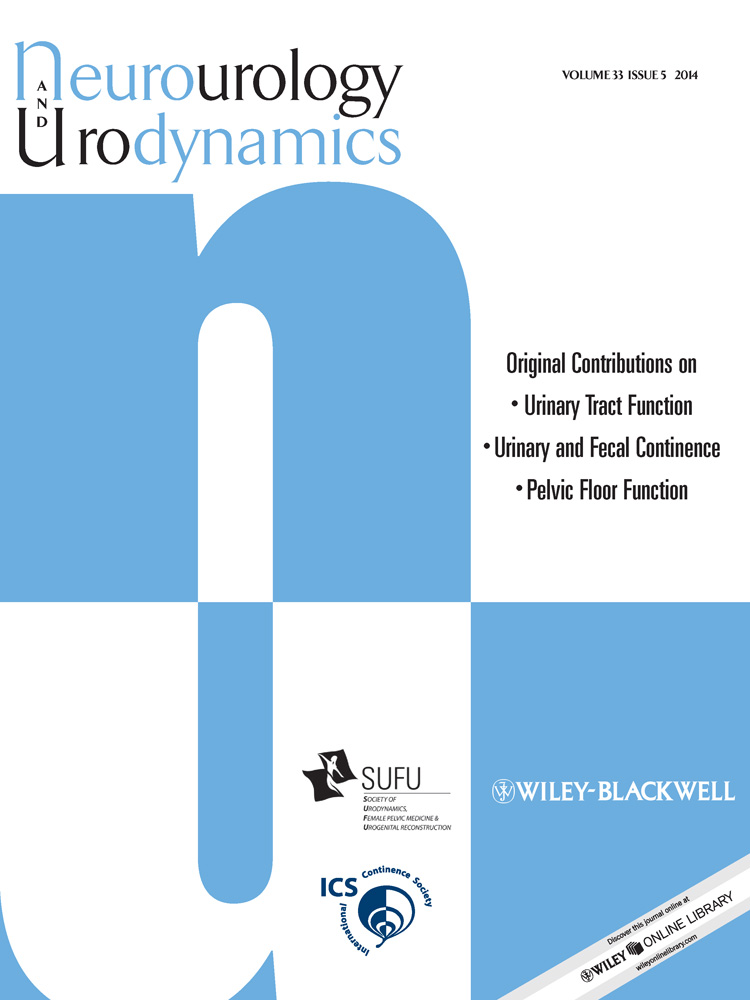The role of transient receptor potential ankyrin 1 (TRPA1) channel in activation of single unit mechanosensitive bladder afferent activities in the rat
ABSTRACT
Aims
We investigated the role of transient receptor potential ankyrin 1 (TRPA1) channel on the single unit mechanosensitive afferent activities (SAAs) primarily originating from the bladder in the rat.
Methods
Female Sprague-Dawley rats were used. Cystometry with continuous saline instillation was performed after intra-venous cumulative administration of HC-030031 (HC, a selective TRPA1 antagonist) at three doses (0.1, 1.0, and 10.0 mg/kg) in conscious rats. SAAs primarily originating from the bladder were identified by electrical stimulation of the pelvic nerve and by bladder distention, and divided by conduction velocity as Aδ- or C-fibers under urethane anesthesia. The SAA-investigation was repeated three times with cumulative HC-administration at three doses (0.1, 1.0, and 10.0 mg/kg) or single administration of vehicle. In separate experiments, the SAA-investigation was repeated three times with intra-vesical instillation of allyl isothiocyanate (AI, a TRPA1 agonist, 10 µM) or vehicle with or without pretreatment with HC (1.0 mg/kg, 3 min before each intra-vesical instillation of AI).
Results
There was no significant change in any cystometric parameters after HC-administrations. A total of 54 SAAs (25 Aδ-fibers and 29 C-fibers) was isolated in 28 rats. SAAs of both fibers significantly decreased after HC-administrations in a dose-dependent manner. SAAs of both fibers significantly increased after AI-instillations. Pretreatment with HC suppressed this excitatory effect of AI-instillation on SAAs.
Conclusions
TRPA1 channel has a role in activation of mechanosensitive afferent nerve activities of both Aδ- and C-fibers of the rat bladder, although its role in a physiological condition might be small. Neurourol. Urodynam. 33:544–549, 2014. © 2013 Wiley Periodicals, Inc.




